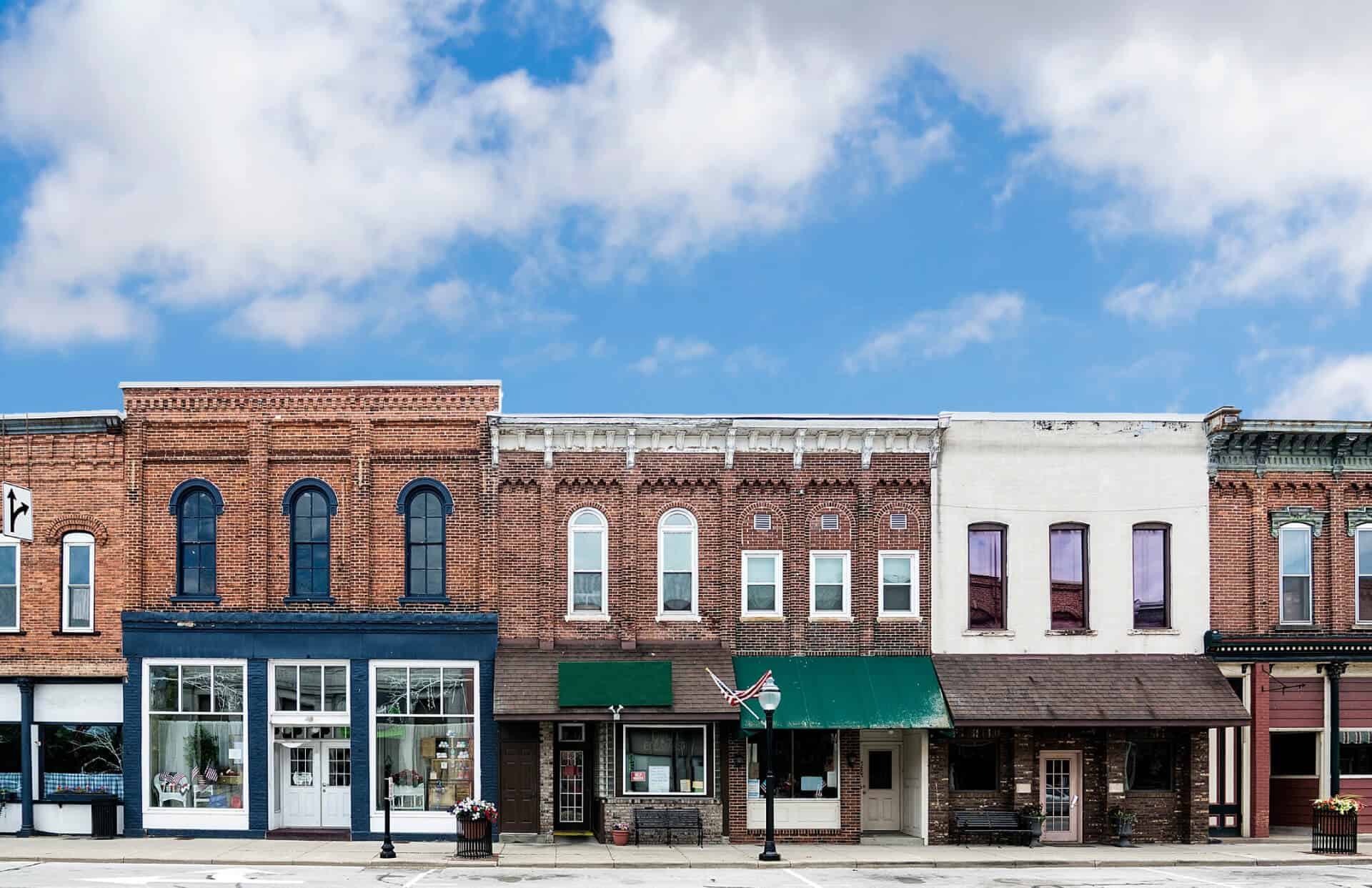Commentary
Old Buildings, New Thinking

Editor’s note: This is one in a continuing series of educational columns about fostering environmental stewardship and leadership coordinated by ACES — The Alliance of Climate and Environmental Stewards
As greater Newburyport looks toward the future challenges of adapting to climate change, the communities of our region need to think about land use in new ways. We will eventually need to face the challenges of retreating in some spots near the ocean’s edge. Some buildings will fall and some rebuilding will not be financially feasible. Rebuilding near tidal waters will , by necessity, need to move inland a bit.
Meanwhile, the challenges of an expanding population and lack of adequate housing are now a serious, top-line topic in Massachusetts. While noting that we must also be taking transportation and environmentally related factors into consideration, we cannot continue to add more lanes to highways to cope with congestion. We need to plan for work, living, and natural spaces to be close by when considering new future development.
The Boston Globe recently wrote of a planned conversion of a sprawling one-story, industrial property near Hanscom Field in Bedford into residential units. That raises a broader question for local developers and environmentalists, “How can these local industrial remnants be reimagined as creatively integrated neighborhoods of work, living, and natural spaces?”
A local example of this concept is Courtyard Condominiums on Warren St. in Newburyport. Once an electronics factory, now an elegant living space near the heart of the city. It has underground parking and a park positioned above the garage. Its location is perfect, being a few short blocks away from downtown and the water’s edge. The Tannery in Newburyport, once a factory using toxic chemicals for tanning leather, is now a repurposed space with a multiplicity of office services, retail shops, solar panels, plus dining and arts spaces. Newbury’s Spencer-Peirce-Little Farm is a family-friendly National Historic Landmark with activities available for people of all ages. Amesbury has also seen a successful transformation of its historic mill buildings into a variety of modern residential, commercial, and mixed-use spaces. These revitalized mill buildings, once centers of textile and carriage manufacturing, can now house apartments, offices, restaurants, artist studios, and more. Other notable examples of successful adaptive reuse include Hatter's Point Condominiums, the Lofts at Clark's Pond, and Trades Mill.
The Residences at Salisbury Square, a 42-unit affordable housing conversion of an old building, has the added benefits of being located on a bus route and having easy access to a rail trail and the public library. Good examples of converting a church to a residential dwelling can be found on Point Shore in Amesbury, on Federal Street in Newburyport, on Central Street in Newbury, and on Route 113 in West Newbury.
For an application of reuse of older schools, consider the former Central School/1910 Building in West Newbury. That ceased operations in 1985 and now serves as a community center and elderly housing. The former Currier School (now businesses) and Kelley School (now residences) in Newburyport, and the upcoming conversion of the Brown School, are also the result of creative thinking. Are there other opportunities with social club land and buildings that might be reconceived as affordable housing sites? And ‘what if’ a Post Office is closed as privatization and electronic communication reduces the scale of our traditional mail system? What creative use might be done with such a property should it become available?
Because our region needs more housing and because we need to buffer ourselves against environmental degradation by preserving parks, adding trees, and reducing the need for quite so many car trips, we should seriously consider repurposing our out-of- use properties to fill our needs.
We have inherited the prosperity and longer life spans that the Industrial Age has brought us. Now we are going to have to clean up after the excesses of that age and create new green, resilient, and sustainable ways of moving forward. As environmentalists, we can see open public space and conservation can go hand in hand with proper zoning for both housing and retail space, especially in already developed places. Our regional industrial zones are ideal places to begin thinking about how to do that through collaboration between public and private entities.
ACES believes we can make a BIG difference together. Team members invite you to stay updated on environmental matters by subscribing to our monthly newsletter via the “Join Our List” link on this page. Please consider joining our community of stewards who are committed to Make Every Day Earth Day by contacting acesnewburyport@gmail.com.
This educational column first appeared in The Daily News of Newburyport on August 4, 2025.
.svg)






